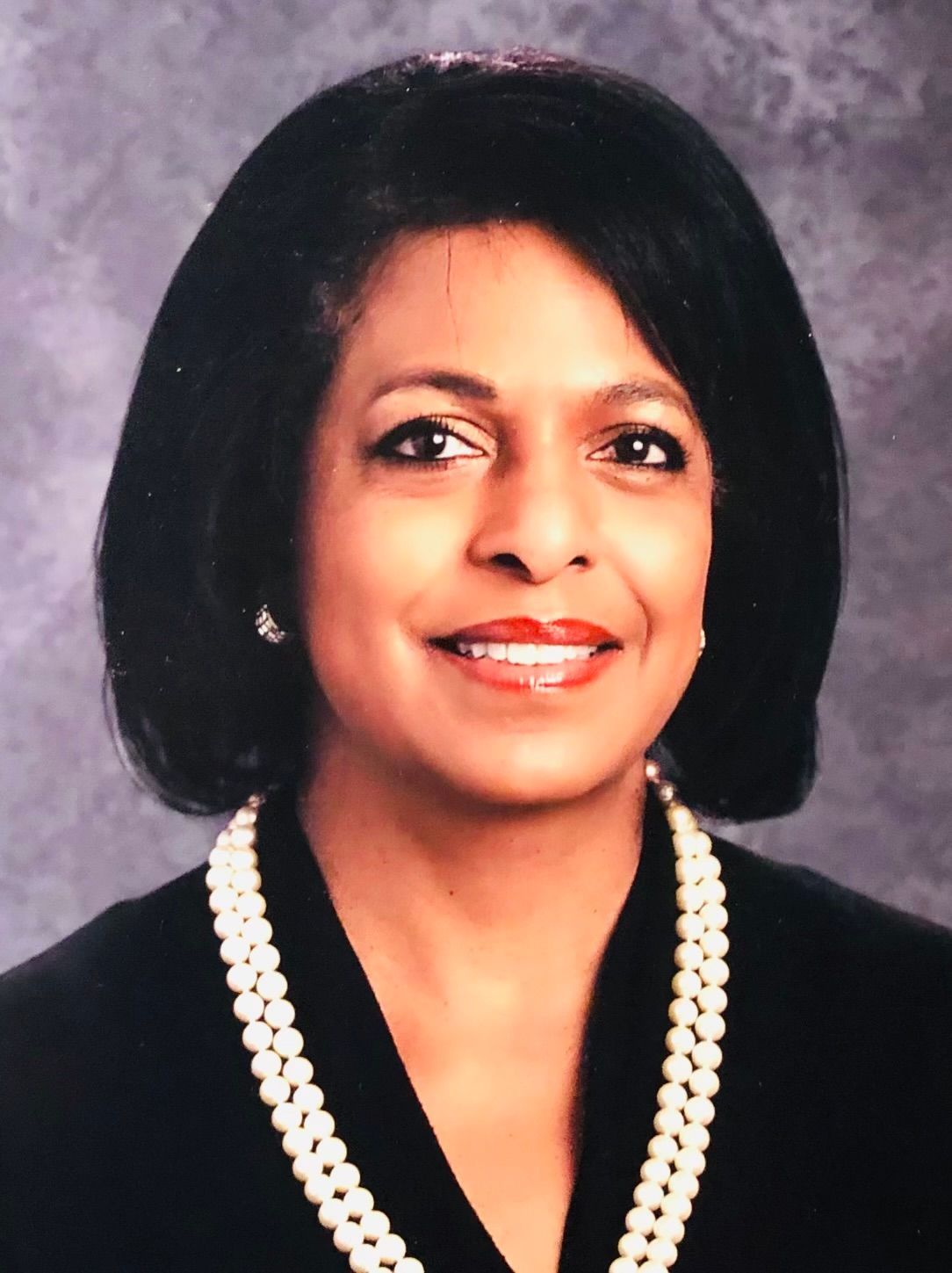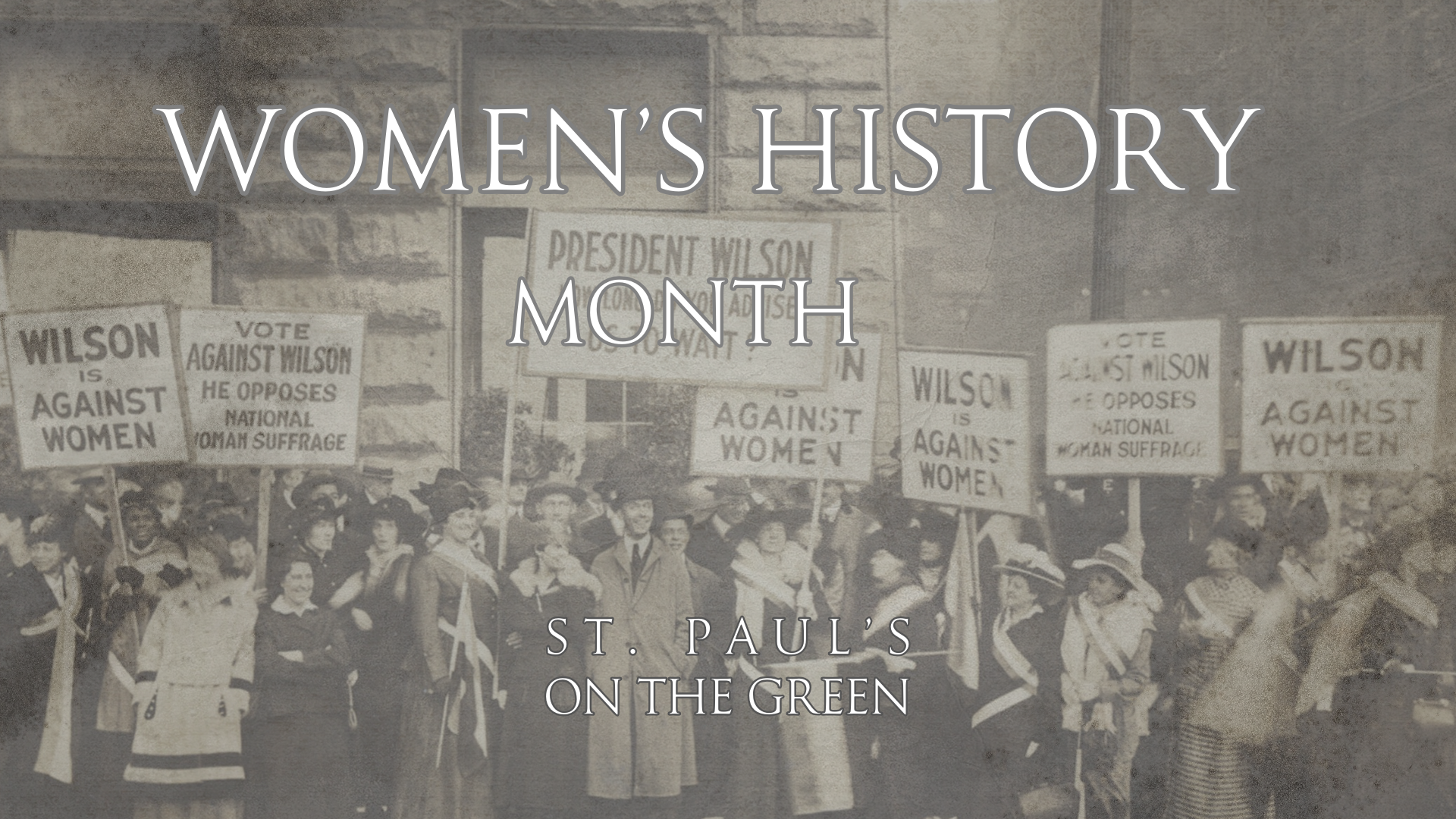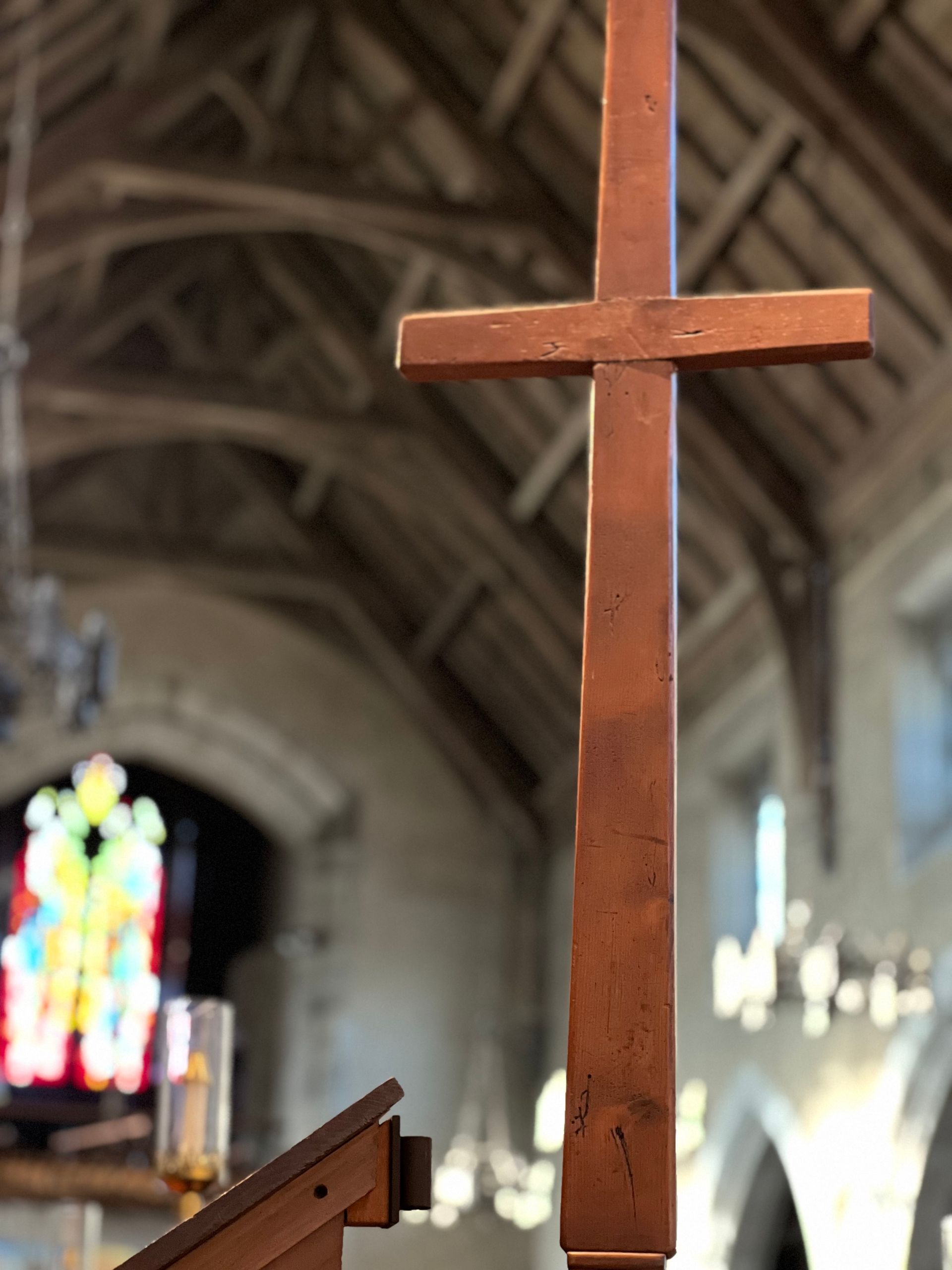Meet Dr. Sheila M. Kearney

Dr. Sheila M. Kearney
Dr. Kearney brings a successful perspective of more than 30 years experience in management consulting, executive and inclusiveness coaching, research, philanthropy and education leadership.
Previously, she was an Executive Director for the Gallup Institute for Global Well-Being,
responsible for planning and management of an annual International Positive Psychology Summit, its Programs and Executive Board. As part of a Gallup and Thurgood Marshall College Fund partnership, she served as Chief Academic Officer for the Thurgood Marshall College Fund’s board and 47 member universities. Also at Gallup, she was Vice President for Social Audits, leading and publishing national surveys on such topics as: Child Discipline, Inclusiveness, Race Relations, Drug Use in America, Gambling, Mentoring and Have and Have-nots. Upon joining the Gallup, Dr. Kearney was trained and certified as a Human Resources Selection Analyst and Consultant, also a Leadership and Strengths group facilitator and coach.
Prior to joining Gallup, she was Director of the Executive Leadership Council-Foundation (an association of African American Corporate Executives) in Alexandria, VA, and before, she was an Education Program and Corporate Social Responsibility Manager at The Prudential Foundation.
Kearney received her Doctorate and Master’s Degrees in Administration, Planning and Social Policy from Harvard University, a Master’s Degree in Educational Psychology from Boston College, and her Bachelor’s degree from Northeastern University.
You might also like

Women's History Month began as a local celebration in Santa Rosa, California, when the Education Task Force of the Sonoma County (California) Commission on the Status of Women planned and executed a “Women’s History Week” celebration in 1978. The organizers selected the week of March 8 to correspond with International Women’s Day. The movement spread across the country, as other communities initiated their own Women’s History Week celebrations the following year. In 1980, a consortium of women’s groups and historians—led by the National Women’s History Project (now the National Women's History Alliance)—successfully lobbied for national recognition. In February 1980, President Jimmy Carter issued the first Presidential Proclamation declaring the Week of March 8th 1980 as National Women’s History Week. Subsequent Presidents continued to proclaim a National Women’s History Week in March until 1987, when Congress passed Public Law 100-9, designating March as “Women’s History Month.” Between 1988 and 1994, Congress passed additional resolutions requesting and authorizing the President to proclaim March of each year as Women’s History Month. Since 1995, each President has issued annual proclamations designating the month of March as “Women’s History Month.” The National Women’s History Alliance selects and announces the annual theme for Women’s History Month. For 2025, the theme is “Moving Forward Together! Women Educating & Inspiring Generations.” In celebration of this theme, The Justice Ministry invites you to mark your calendars for a special event featuring a screening of the film Six Triple Eight. We are honored to welcome Dr. Sheila Kearney as one of our presenters. Dr. Kearney is the niece of CPT Mary F. Kearney, who served as the Battalion’s Chief of Mail, along with nine other women from Connecticut in the Six Triple Eight. She has been actively advocating for state recognition of these remarkable women through the passage of a resolution honoring their service. Stay tuned for more details—we look forward to celebrating this inspiring history with you! International Women's Day is March 8 and this year the theme is " Equal rights. Equal opportunities. Equal power." This international day celebrates the economic, cultural, political, and social achievements of women. It also calls for action to achieve gender equality. UN Women, the UN organization dedicated to gender equality and the empowerment of women says the theme for this year is a bold call for action for all women and girls worldwide. "As we mark the 30th year of the Beijing Declaration and Platform for Action, the world is deeply unequal and International Women’s Day is a chance to rise and demand action and to deliver on the Beijing Declaration and Platform for Action to make the world equal and better for everyone." Here are six things that the UN suggests that Governments around the world can do to promote gender equality: The United Nations is calling on governments everywhere to act boldly and decisively for all women and girls. Closing the gender gap globally by 2030 will take an investment of $360 billion annually, but the cost of inaction is higher. Here are six actions that can make a real difference, while placing the leadership of young women and adolescent girls in the center of all efforts. 1. For All Women and Girls—A Digital Revolution Closing the digital gender divide could save $500 billion over the next five years. Technology must be a force for equality, not exclusion. Support the Global Digital Compact and enact policies that bridge the digital gender divide, ensuring equal access and leadership for all women and girls in technology 2. For All Women and Girls—Freedom from poverty Nearly one in ten women live in extreme poverty. Public services and social protection expand economic opportunities and security for women. Women also do at least twice as much unpaid care work as men do. Care is the backbone of all societies, and yet is largely undervalued and unpaid. It doesn’t have to be this way—closing care gaps could create 300 million jobs by 2035. Invest in national budgets to strengthen social protection, public services, particularly care services, to give women an equal chance to prosper and fight poverty. 3. For All Women and Girls—Zero Violence One in three women experiences violence in her lifetime. Although globally we have many laws on the books, they are often poorly implemented and investment in prevention strategies is lacking. Adopt, implement and fund national laws and policies that signal zero impunity towards violence against women and support local women's organizations. 4. For All Women and Girls—Full and Equal Decision-Making Power Around the world, decisions affecting women’s lives are still made overwhelmingly by men. This is not just unjust—it is inefficient. Implement laws and policies, apply temporary special measures to increase the number of women in decision-making positions in politics, business and institutions. 5. For All Women and Girls—Peace and Security Over 600 million women and girls live near armed conflict, with conflict-related sexual violence skyrocketing by 50 per cent last year alone. Women’s organizations are the first responders to crises and champions of peace. Yet they remain underfunded and undervalued. Adopt fully financed national plans to increase women's meaningful participation in all aspects of peace and security and fund women's organizations in crises and conflict settings. 6. For All Women and Girls— Climate Justice As the climate crisis and biodiversity loss accelerate, women and girls—especially in rural and indigenous communities— bear the brunt of its devastating effects. They are also at the forefront of solutions. Prioritize women's and girls' rights and leadership in climate action by increasing investment in and their access to green jobs, like care, sustainable agriculture and renewable energy.

A note on the history of the wooden processional cross from Archdeacon Don Burr, member of Christ Church, East Norwalk: The "old rugged cross" was crafted by my father, Alan C. Burr, Sr., nearly 40 years ago. The idea was to process with something more "humble" during the season of Lent, before returning to the more ornate processional cross at Easter. Alan and his four brothers grew up as part of St. Paul's on the Green in the 1920s, 30s, and 40s, (Father Emerson and the congregation played an instrumental role in their formation) before Alan's young family found their way to Christ Church, East Norwalk, in the early 1960s. I can remember vividly the crafting of this cross because, once he had it beautifully put together, Pop asked me to use old pieces of chain, hammer heads, nails, and screwdrivers to mark the wood of the cross, making it appear more "rugged" once we applied the stain and finish in his shop. Even today, there is beauty in the old cross. Over the years, the cross has been carried curing Lent; and even on occasions when a young crucifer couldn't bear the weight of the heavier brass crosses. This most recently occurred last month when our seven-year-old grandson, Bradley, served as crucifer for the funeral of my brother, Bo. Thank you for allowing the "old rugged cross" be part of the Lenten season this year for the people of St. Paul's on the Green — I pray they find as much beauty and meaning in it as I have all these years. Peace, Don

WHO IS ABASALOM JONES AND WHY DO WE CELEBRATE HIM? On Sunday, February 16th at 4.00 pm, St. Paul’s on the Green will host the Diocesan celebration of the life of the Reverend Absalom Jones with a special service of Holy Eucharist. But why do we celebrate Absalom Jones and what makes him important in the history of the Episcopal Church in the United States? Here is some important background on the significance of Absalom Jones to help you better appreciate why we mark the anniversary of his death on February 13 throughout the Episcopal community. On January 1, 1808, in response to the Abolition of the African slave trade that day by Congress, the Reverend Absalom Jones, preached “A Thanksgiving Sermon” at St. Thomas (the African Episcopal Church) in Philadelphia, remarking “The history of the world shows us, that the deliverance of the children of Israel from their bondage, is not the only instance, in which it has pleased God to appear on behalf of oppressed and distressed nations, as the deliverer of the innocent, and of those who call upon his name. He is as unchangeable in his nature and character, as he is in his wisdom and power.” Blessed Absalom, as he is called, carries the title “blessed” in recognition of his "remarkable dedication to fighting for the freedom of enslaved people, particularly his own wife, and for founding the first Black congregation in the Episcopal Church, making him a significant figure in American history, especially within the context of Black liberation.” According to Arthur K. Sudler and William Carl Bolivar, Director of the Historical Society and Archives of the African Episcopal Church of St. Thomas, Absalom Jones was born enslaved to Abraham Wynkoop, a wealthy Anglican planter in 1746 in Delaware. He was working in the fields when Abraham recognized Absalom's intelligence and ordered that he be trained to work in the house where he eagerly accepted instruction in reading. He also saved money he was given and bought books (among them a primer, a spelling book, and a bible). Abraham Wynkoop died in 1753 and by 1755 his younger son Benjamin had inherited the plantation. When Absalom was sixteen, Benjamin Wynkoop sold the plantation and Absalom’s mother, sister, and five brothers. Wynkoop brought Absalom to Philadelphia where he opened a store and joined St. Peter’s Church. In Philadelphia, Benjamin Wynkoop permitted Absalom to attend a night school for black people that was operated by Quakers following the tradition established by abolitionist teacher Anthony Benezet. It is also interesting to note that Benjamin Wynkoop who owned Absalom for some 38 years was a vestryman, warden and benefactor of Christ Church and St. Peter’s in Philadelphia, two historic congregations that helped give birth both to the nation and the Episcopal Church. www.episcopalchurch.org/racialreconciliation/giving-the-full-history-who-owned-absalom-jones At twenty, with the permission of their masters, Absalom married Mary Thomas. a fellow parishioner at St. Pater's who was enslaved to Sarah King. The Rev. Jacob Duche performed the wedding at Christ Church. Absalom and his father-in-law, John Thomas, used their savings along with donations and loans primarily from prominent Quakers, to purchase Mary’s freedom. Absalom and Mary worked very hard to repay the money borrowed to buy her freedom and also saved enough money to buy property and Absalom’s freedom. Absalom repeatedly asked Benjamin Wynkoop to allow him to buy his freedom. Though Wynkoop refused several times, Absalom persisted because as long as he was enslaved, Wynkoop could take his property and his money. Finally, in 1784, Benjamin Wynkoop freed Absalom by granting him a manumission. Absalom continued to work in Wynkoop’s store as a paid employee. Absalom left St. Peter’s Church and began worshipping at St. George’s Methodist Episcopal Church. There, he met Richard Allen who had been engaged to preach at St. George’s and the two became lifelong friends, Together, in 1787, they founded the Free African Society, a mutual aid benevolent organization that was the first of its kind organized by and for black people. Members of this organization met regularly and paid dues which were used to benefit those in need. This organization was crucial in caring for the sick and dying of Philadelphia when a yellow fever epidemic swept the city in 1793. At St George’s, Absalom and Richard served as lay ministers for the black membership. The active evangelism of Absalom Jones and Richard Allen greatly increased black membership at St George’s. The black members worked hard to help raise money to build an upstairs gallery intended to enlarge the church. The church leadership decided to segregate the black worshippers in the gallery without notifying them. During a Sunday morning service, a dispute arose over the seats black members had been instructed to take in the gallery, and ushers attempted to physically remove them by first accosting Absalom Jones. Most of the black members present indignantly walked out of St. George’s en masse. Prior to the incident at St. George’s, the Free African Society had initiated religious services. Some of these services were presided over by The Rev. Joseph Pilmore, an assistant at St. Paul’s Episcopal Church. The Society established communication with similar black groups in other cities. In 1792 the Society began to build the African Church of Philadelphia. The church membership took a denominational vote and decided to affiliate with the Episcopal Church. Richard Allen withdrew from the effort as he favored affiliation with the Methodist Church. Absalom Jones was asked to provide pastoral leadership and after prayer and reflection he accepted the call. The African Church was dedicated on July 17, 1794. Soon after the congregation applied for membership in the Episcopal Diocese of Pennsylvania on the following conditions: 1) that they be received as an organized body; 2) that they have control over their own local affairs; 3) that Absalom Jones be licensed as a lay reader, and, if qualified, be ordained as a minister. On October 17, 1794 the parish was formally received into the Episcopal Diocese of Pennsylvania and renamed St. Thomas African Episcopal Church. St. Thomas was the first black Episcopal parish in the United States. Bishop William White ordained Jones as a deacon in 1795 and as a priest on September 21, 1802. The Reverend Absalom Jones was described as “an earnest preacher who denounced slavery and warned the oppressors to “clean their hands of slaves.” To him, God was the Father, who always acted on “behalf of the oppressed and distressed.” But it was his constant visiting and mild manner that made him beloved by his congregation and by the community. St Thomas Church grew to over 500 members during its first year. The congregants formed a day school and were active in moral uplift, self-empowerment, and anti-slavery activities. Known as “the Black Bishop of the Episcopal Church,” Jones was an example of persistent faith in God and in the Church as God’s instrument. Jones died on 13 February 1818. Writing in a recent ECCT Blog the Reverend Sarah Louise Woodford, Canon for Communications & Media acknowledged the following noteworthy achievements about Absalom Jones: “During his lifetime, Jones founded the Female Benevolent Society and the African Friendly Society. In late 1799/early 1800, he petitioned Congress to abolish the slave trade and to provide for gradual emancipation of existing slaves.” The Rev. Cn. D Littlepage, Canon for Advocacy, Racial Justice & Reconciliation says, “It’s important to continue to celebrate the Rev. Absalom Jones, not just as an historical first, but as a witness to the kind of persevering faith that continually seeks to live into the kingdom of God despite opposition from the world—and even the church!”

